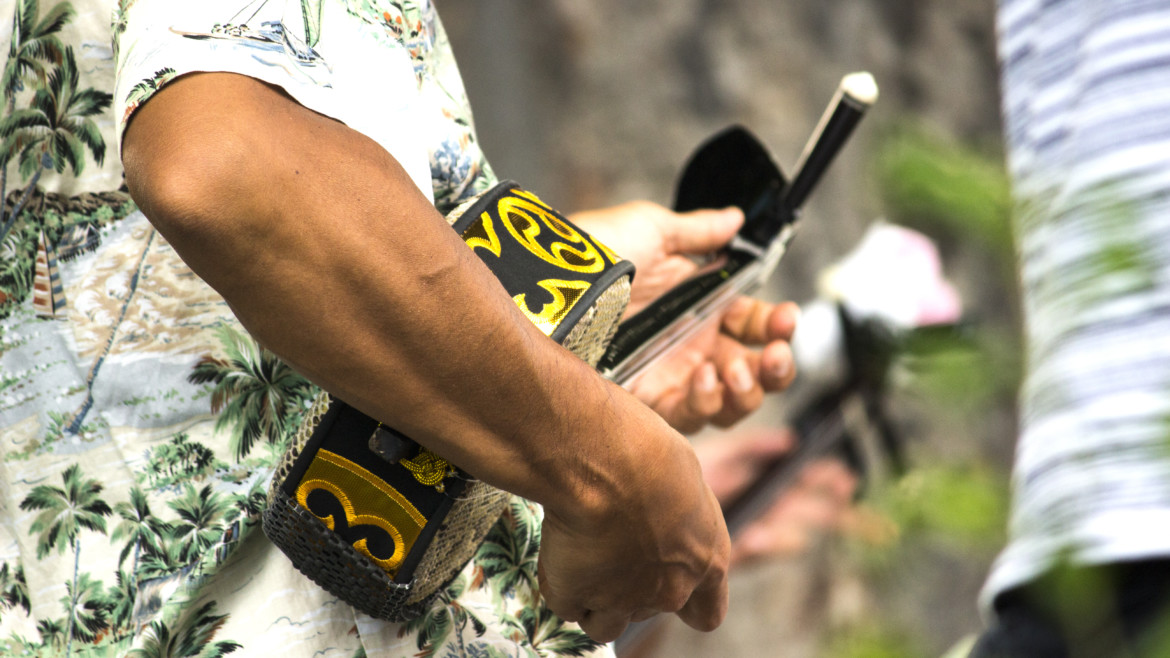Ryukyuan classical music, as the name suggests, began during the Ryukyu Kingdom era, and its history dates back hundreds of years.
This music was performed in the royal palace, known as Shuri Castle, at the time, and was widely encouraged among the royalty and the gentry (wealthy and high-ranking people).
Ryukyuan classical music reflects the culture of the Ryukyu Kingdom, and its music indicates that the Ryukyu Kingdom had interactions with China and Southeast Asia.
Ryukyuan classical music is primarily performed using a special instrument called the Sanshin.
The Sanshin is a fundamental instrument for singing Ryukyu songs, and its unique tone is deeply connected to the climate of Ryukyu.
The Sanshin is produced in places like Naha City in Okinawa Prefecture, and is used in a variety of music, including UNESCO Intangible Cultural Heritage Kumi Odori and the prefecture’s intangible cultural property Ryukyu Opera, as well as folk songs and pops.
The Sanshin is also used as a means for Okinawa residents to express their emotions and experiences in their daily lives.
Ryukyuan classical music includes over 200 songs, each with its own special meaning. These songs are also used as music for Ryukyu dance and Kumi Odori (ensemble dance), and Okinawan plays.
In addition, koto (a stringed instrument), flute, kokyu (a bowed instrument), and drums are used as accompaniment instruments. These accompanying instruments complement the tone of the Sanshin, enabling richer musical expression.
This music is a symbol of the lives and culture of Okinawa residents, and its beauty and depth are still loved by many people today.
And it will continue to be passed on to future generations without changing.
Finally, for those interested in the Sanshin, I recommend online lessons called “shamisen-lessons.com.”
There is a course for Sanshin lessons without singing along, so even beginners can learn with peace of mind.
To get a feel for Okinawa’s music culture up close, why not give it a try?



Leave a review